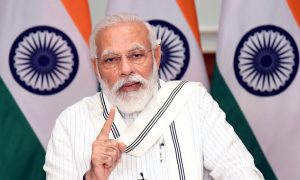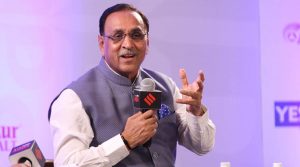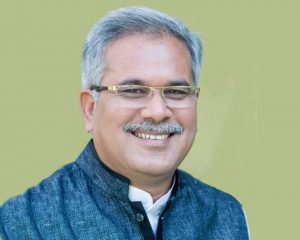VisionIAS
07:54
Vision IAS Prelims 2021 Test 4 Hindi With Solution PDF
Click Here to download Vision IAS Prelims 2021 Test 4 Hindi With Solution PDF
Click Here to Like our Facebook page for latest updates and free ebooks


















